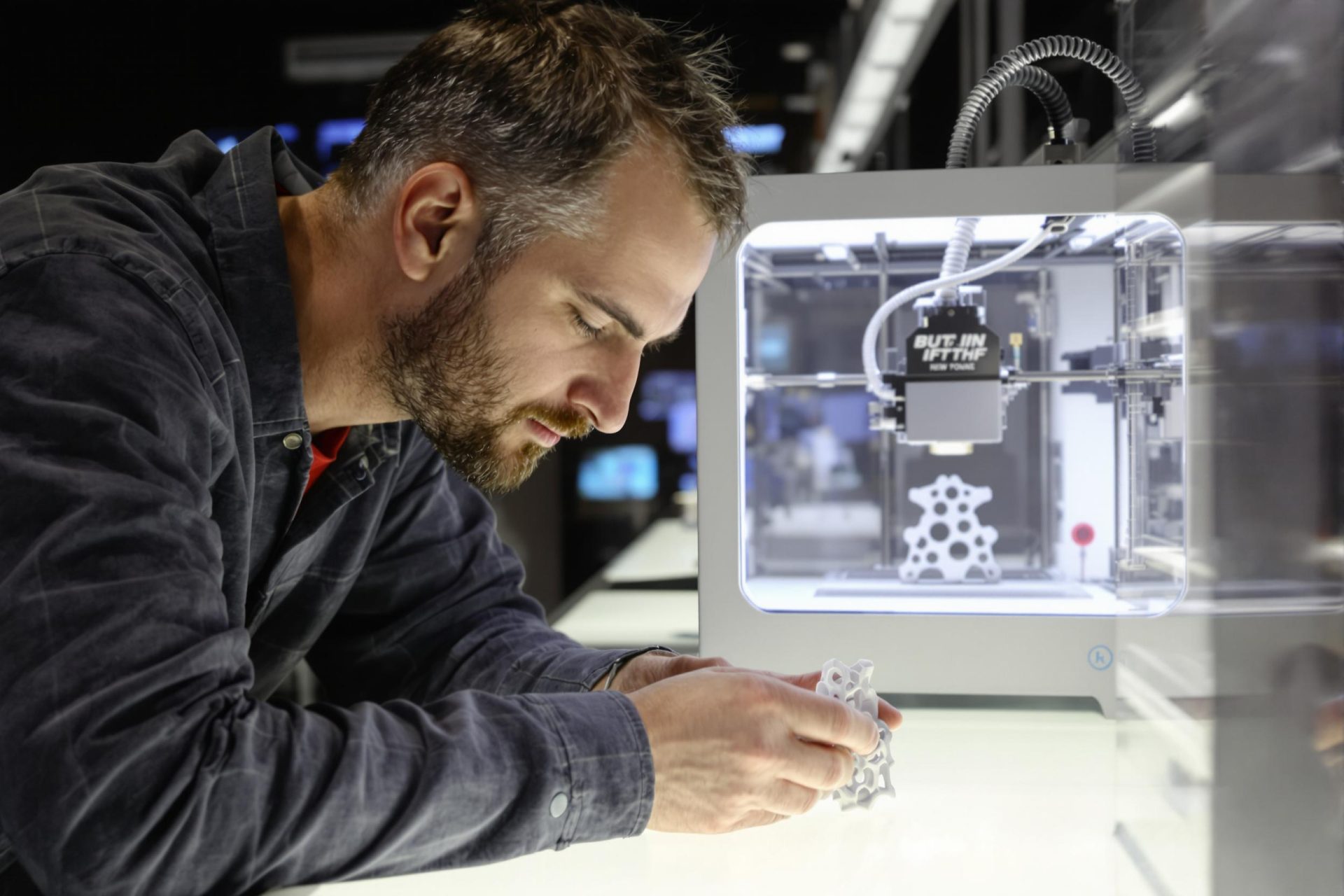Key Takeaways
- Artificial intelligence (AI) is changing 3D modeling, but creating precise meshes for 3D printing remains a challenge.
- Tests on three AI models (Trellis, Hunyuan 3D, Roden) showed varying strengths and weaknesses in generating 3D objects from 2D images.
- AI-generated models often need some cleanup. Roden was noted for precision, Hunyuan 3D for single-image results, while Trellis struggled with details.
- These tools are useful for quick prototypes and creative projects, but workflow issues and quality inconsistencies exist.
- Ethical questions about AI originality, intellectual property, and job impacts are important considerations as the technology develops.
Can AI truly design intricate 3D objects ready for printing? This question is at the heart of recent developments in 3D modeling, where AI tools promise speed but face skepticism about their precision.
Imagine turning a simple picture into a physical object quickly, without needing expert modeling skills. While this vision is compelling, it’s worth examining if the technology truly delivers print-ready results or still needs human guidance.
A recent exploration by DaveRig Design, reported by Geeky Gadgets, looked into how well three leading AI models—Trellis AI, Hunyuan 3D, and Roden—perform at creating 3D meshes suitable for printing.
The investigation compared how these tools handle details, their ease of use, and the overall quality of the 3D models produced.
The three AI models tested showed different capabilities. Trellis (from Microsoft) could create basic shapes but often failed with fine details, introducing errors. Tencent’s Hunyuan 3D performed well creating detailed models from a single image, though it couldn’t process multiple images for more complex objects.
Roden (by Hyper 3D) used multiple images to generate very accurate models. However, according to the report, this sometimes led to overly complex results that complicated the design.
To test these models, DaveRig Design printed over 20 AI-generated meshes using different printers and materials. They found that most models needed only minimal manual cleanup, saving preparation time.
Roden’s multi-image approach offered high precision but added workflow steps. Hunyuan 3D proved reliable for simpler tasks using single images. Trellis, however, was less suitable for designs needing fine details.
AI is making 3D modeling more accessible for various applications. Hunyuan 3D is great for rapid prototyping, letting designers quickly test ideas. Roden suits precision-focused tasks like manufacturing parts or detailed art pieces.
These tools also lower barriers for creatives in game design, animation, and art. Still, users need to be aware of potential inconsistencies in quality and specific workflow requirements.
The rise of AI in creative fields also brings ethical considerations. Concerns exist about whether AI models, trained on vast datasets, might inadvertently replicate existing works, blurring lines around originality and intellectual property.
There’s also discussion about how AI tools might affect jobs and the value placed on human creativity. Responsible use of these tools requires balancing efficiency with these ethical concerns.
Looking ahead, AI in 3D modeling is expected to improve significantly, offering creators more reliable and versatile tools for complex tasks. This could revolutionize manufacturing, game development, and experimental art.
However, clear legal and ethical guidelines for AI-generated content are still needed. Staying informed about issues like intellectual property and data privacy will be crucial as AI continues to shape the future of 3D design and printing.



